How do I build a dry well for lawn drainage?
dcb1_2008
14 years ago
Featured Answer
Sort by:Oldest
Comments (10)
laag
14 years agorhodium
14 years agoRelated Discussions
How Do I Level a Large Lawn
Comments (9)Mowing a bumpy yard is no picnic. Our yard is amazing - I can really cruise over the part of the yard that was graded after the house was built. Here's what we did. We had a uni-loader (bobcat S185) when the house was built and when the time came to plant grass, we graded it the entire yard meticulously (about 3/4 of an acre that he was working). I must say that the loader operator that we had was very good and I really think most of the levelness was due to that. We then rented a soil conditioner attachment for the Bobcat and went over the lawn with that, stirring the soil a couple of inches. Before that, though, we had several dump truck loads of good dirt put on the front yard because we only had terrible, rock-hard clay. The loader spread all the good dirt out evenly. We then went through with garden rakes for a couple hours getting as much gravel out as possible and fine tuning anything that we could. Then we planted - put seed down, dragged a section of chain-link fence over it, rolled it with a small lawn roller (probably 60 gal. or so), but starter fertilizer down, and covered it with straw. And then watered it. :) No easy chore... It turned out amazing. Like I said the yard literally doesn't have any bumps to speak of. If you are planning on renovating completely the homework must be done correctly with the loader - that's the key. As for doing it with an established yard, I've heard that you can get compost and rake it in, but have never tried, and that sounds daunting to me....See MoreHow do I keep my houseplants from drying out while I'm away?
Comments (12)You have a couple of options - reduce the light (so the plants use less water,) or provide them with enough water to last 1 - 3 weeks. Herbs and flowering plants need a lot of light, so setting them in the bathtub may not work for them, although it should be fine for the ferns. You can set your plants up with self-watering systems, which may mean less work for you even when you're home, since you won't have to be watering every few days. Or if you like the way you're doing it generally, try this: When you get ready to go away, move the plants away from the windows 2 or 3', and set each of the pots in a dish. Water your plants, and allow a runoff of 2 or 3" to build up in the drainage dish. You'll just leave the water there, it will provide the moisture for the soil. When you come back, remove the plants from the water (if there's any left,) and allow the soil to dry out enough so that it is barely damp, or however it usually is when you water normally. The plants will not be harmed by sitting in wet soil for a couple of weeks. This is basically what happens with self-watering systems, unless you have one of the sophisticated ones that have moisture sensing devices that release water only when the soil is dry. Roots don't "sip" water when they need it - they're little gluttons, and will suck up whatever is there, for as long as it's there....See MoreDoes anyone know how to build small "ponds" in a dry stream bed?
Comments (5)I'd be tempted to use some sort of shallow and wide flower pots maybe painted black or otherwise disguised. I like black for ponds but other colors might work too. You could use your already cut liner for them. Another idea might be to form the basin from a cement/concrete mixture and place underlayment and liner over those. You could pour the cement in place after digging your shallow depressions and press something down inside to form your basin....See MoreLawn Drainage Nightmare
Comments (1)We put in some drainage around the perimeter of a cottage and it seems to have helped keep water out of the crawl space. The first thing you want to do is to make sure water from your roof is properly channeled away from your house with gutters and drain pipes. You'd be amazed at how many drainpipes in disrepair channel water right under a house. Next, you have to consider what's under your lawn. Do you have ledge? If so, good solutions will probably be expensive. You can try a rain garden. Some people put in dry stream beds to channel the water when it rains. The question is, of course, how much water do you have and how often. That said, I'd think if you put a rain garden in the left near the back of your yard, at worst, you'd have a pretty garden. https://www.houzz.com/magazine/how-to-site-and-size-a-rain-garden-for-your-landscape-stsetivw-vs~53697312...See Morebahia
14 years agogratefulgardener3300
14 years agomadtripper
14 years agonatural-sens
14 years agopippi21
14 years agoanoid1
14 years agoanoid1
14 years ago
Related Stories
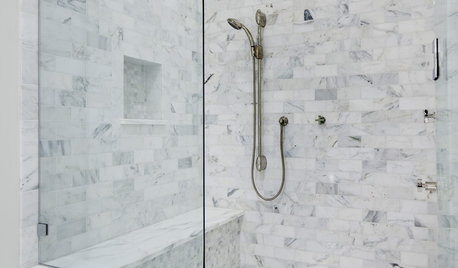
BATHROOM DESIGNConvert Your Tub Space Into a Shower — Waterproofing and Drainage
Step 4 in swapping your tub for a sleek new shower: Pick your waterproofing materials and drain, and don't forget to test
Full Story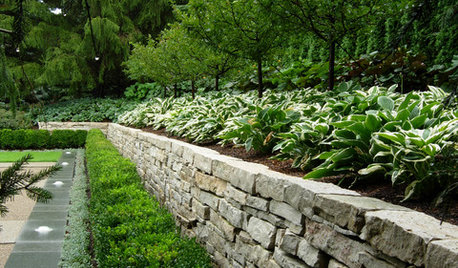
LANDSCAPE DESIGNGarden Walls: Dry-Stacked Stone Walls Keep Their Place in the Garden
See an ancient building technique that’s held stone walls together without mortar for centuries
Full Story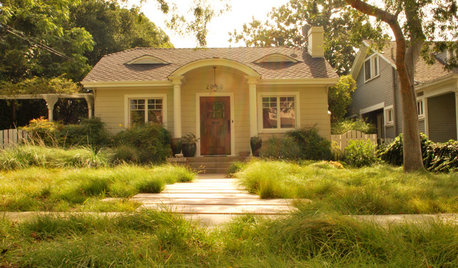
MOST POPULARMeet a Lawn Alternative That Works Wonders
Carex can replace turfgrass in any spot, is low maintenance and adjusts easily. Add its good looks and you’ve got a ground cover winner
Full Story
GARDENING GUIDESGreat Design Plant: Sunrose Dazzles on Dry Slopes
Abundant blooms and attractive foliage make this plant a welcome sight in sunny, well-drained spots
Full Story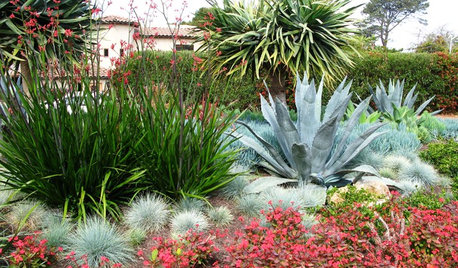
GARDENING GUIDESGardening Solutions for Dry, Sandy Soils
Has your desert or beachy site withered your gardening creativity? Try these ideas for a beautiful, easy-care landscape
Full Story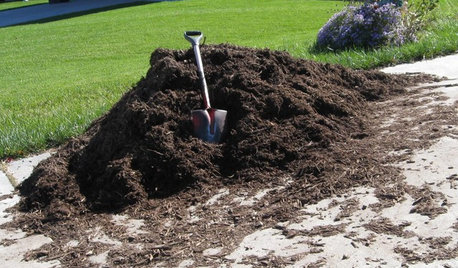
FRONT YARD IDEASBefore and After: Front Lawn to Prairie Garden
How they did it: Homeowners create a plan, stick to it and keep the neighbors (and wildlife) in mind
Full Story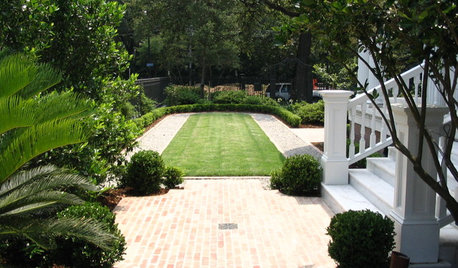
GARDENING GUIDESHow to Plant a New Lawn From Sod
Take the quick-start route to turf with sod; these installation guidelines will help ensure a healthy and long-lasting lawn
Full Story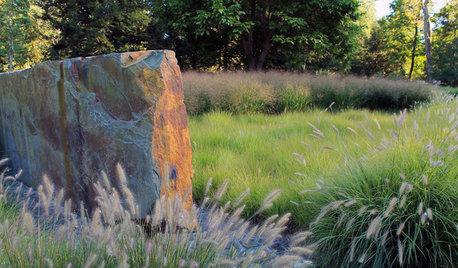
EARTH DAYThe Case for Losing the Traditional Lawn
Work less, help the environment and foster connections by just saying no to typical turf
Full Story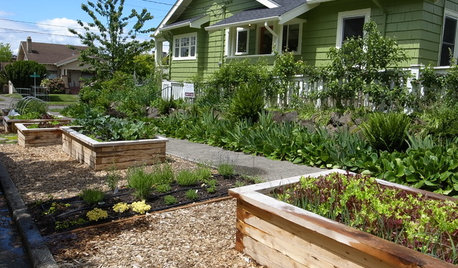
BEFORE AND AFTERSSee 6 Yards Transformed by Losing Their Lawns
Wondering whether a turf lawn is the best use of your outdoor space? These homeowners did, and they found creative alternatives
Full Story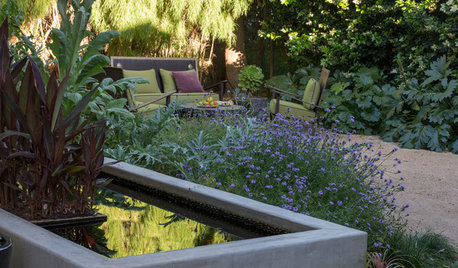
SAVING WATERHouzz Call: Are You Letting Go of Your Lawn?
Many facing a drought are swapping turf for less thirsty plantings. If you’re one of them, we’d like to hear about it
Full StorySponsored
Your Custom Bath Designers & Remodelers in Columbus I 10X Best Houzz



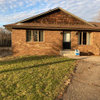


JSL Exteriors Landscape Design Build